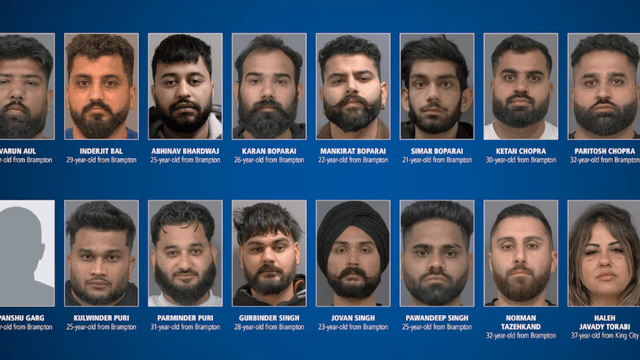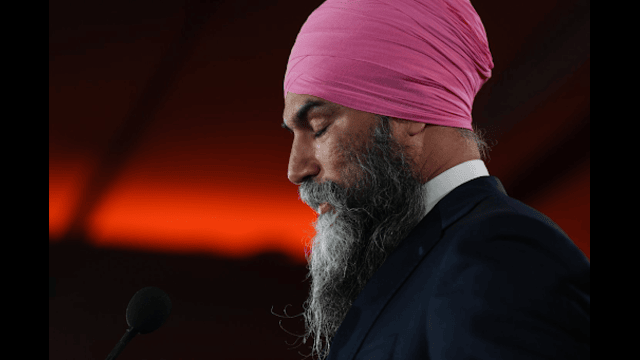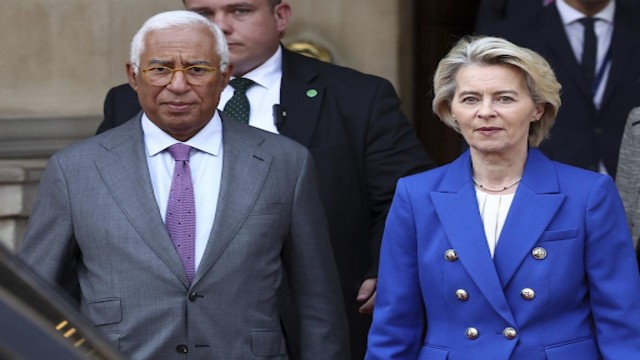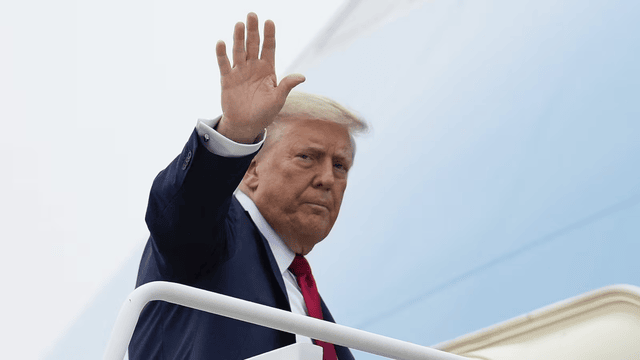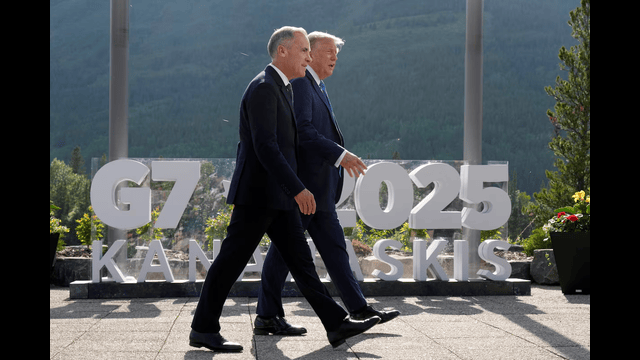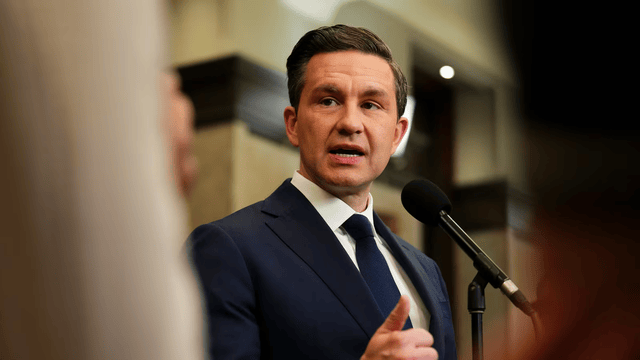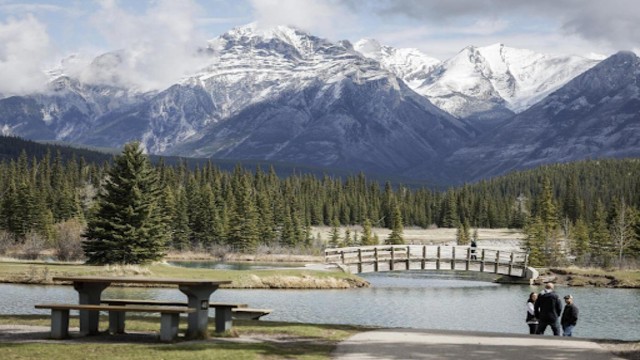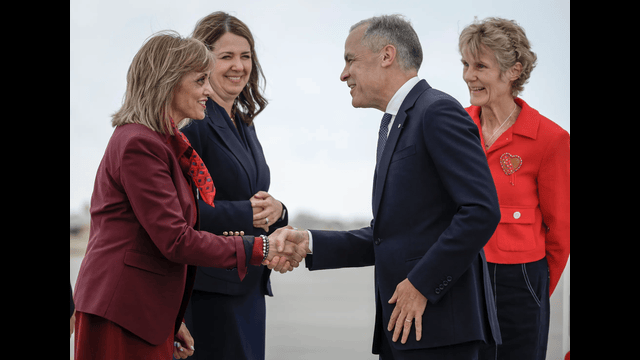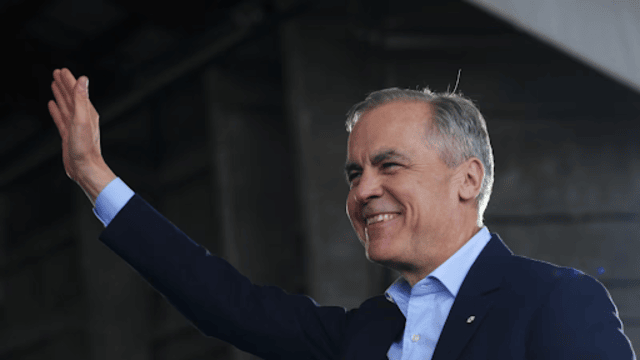
Liberal Leader Mark Carney speaks to supporters at a rally in Mississauga, Ontario, on Saturday, April 26, 2025. The Canadian Press
Mark Carney led the Liberals to a close victory on Monday. Canadians voted with major concerns about rising living costs, U.S. tariffs, and threats from U.S. President Donald Trump.
The Liberals have won enough seats to form a minority government. As of 11:30 p.m. EDT, they led or won in 159 out of 343 ridings. Conservatives, led by Pierre Poilievre, trailed with 148 ridings. A party needs 172 seats to form a majority.
Poilievre became the fourth straight Conservative leader to lose to the Liberals. The New Democratic Party (NDP) and the Bloc Quebecois also faced heavy losses. Early numbers show the NDP falling to just 10 seats from 24. The Bloc may secure 24 seats, down from 33. The Greens seem on track to hold their two seats.
Carney, a former top banker, replaced Justin Trudeau as prime minister in March. He built his campaign around his experience in managing big economies during crises. Many Canadians trusted him to handle rising prices and Trump's threats better than his opponents.
Carney's win continues the Liberals' control, which started in 2015 with Trudeau’s big victory. But Canada remains divided. Rural areas and Prairie provinces mostly voted Conservative. Carney will now need support from other parties to pass laws and stay in power.
He secured his own seat in Nepean, Ottawa. The seat was previously held by Chandra Arya, dropped by the Liberals earlier this year. Carney’s riding sits close to Poilievre’s Carleton riding.
Just months ago, it seemed almost sure that Poilievre would win. Trudeau's falling popularity over inflation and affordability issues had put the Conservatives ahead in most polls. Facing pressure, Trudeau announced his resignation in January.
Carney won the Liberal leadership easily. He was sworn in as prime minister in March, days before his 60th birthday. He quickly removed Trudeau’s unpopular consumer carbon tax and called the election for April 28.
After Carney took charge, the Liberals climbed back in polls. Their lead shrank near election day, but they held on.
Trump’s actions likely helped Carney’s campaign. His tariffs and talk about annexing Canada sparked strong feelings of Canadian pride. This surge hurt the Conservatives, especially with endorsements for Poilievre from Trump allies like Elon Musk and Joe Rogan.
The election became about more than just the economy. It became about who could stand up to a changing White House. Poilievre tried to paint Carney as a copy of Trudeau. The Liberals tried to show Carney as a new face with real-world experience.
Pollster Nik Nanos said the results show Canadians chose Carney’s leadership and experience over Conservative promises for change.
A record 7.3 million Canadians voted early, showing how important this election felt to people.
Carney’s rise has been fast. He served as Bank of Canada governor under Conservative leader Stephen Harper. He later became Bank of England governor, earning praise for guiding both economies through tough times.
Before entering public service, Carney worked for Goldman Sachs. He also advised the Liberals on economic matters recently.
During the campaign, Carney said, “Unlike Pierre Poilievre, I’ve managed budgets before. I’ve managed economies before. I’ve managed crises before. This is a time for experience, not experiments.”
Carney is Canada’s first prime minister from the northern territories and the third born west of Ontario. He also becomes the first Canadian prime minister who had never been elected before.


